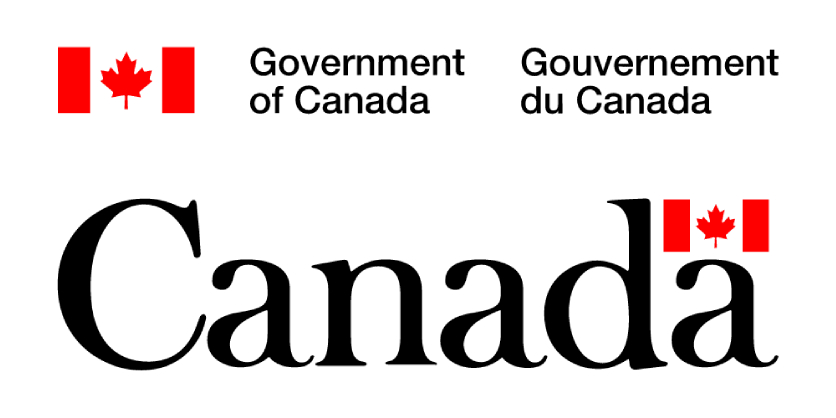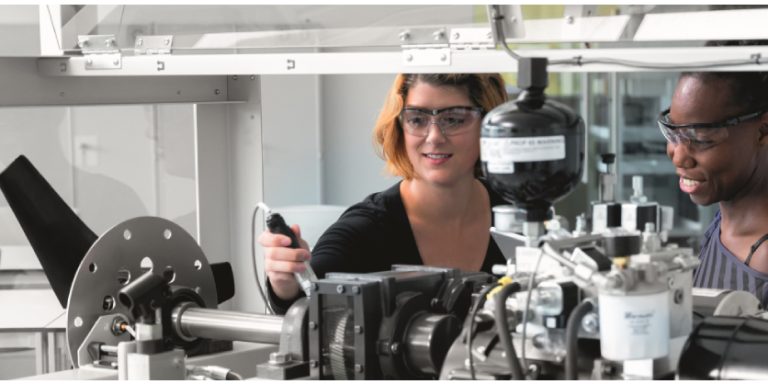Canada Implementing Measures to Protect Canadian Workers and Key Economic Sectors from Unfair Chinese Trade Practices
August 26, 2024

Canada’s auto manufacturing industry directly supports over 125,000 good-paying Canadian jobs, many of which are unionized, and our electric vehicle (EV) supply chain potential is ranked first in the world. Similarly, Canada’s steel and aluminum sectors support over 130,000 jobs across the country.
However, Canadian auto workers and the auto sector currently face unfair competition from Chinese producers, who benefit from unfair, non-market policies and practices. China’s intentional, state-directed policy of overcapacity and lack of rigorous labour and environmental standards threaten workers and businesses in the EV industry around the world and undermine Canada’s long term economic prosperity. Recent consultations with stakeholders have confirmed that exceptional measures are required to address this extraordinary threat.
On August 26, in Halifax, the Honourable Chrystia Freeland, Deputy Prime Minister and Minister of Finance, announced a series of measures to level the playing field for Canadian workers and allow Canada’s EV industry and steel and aluminum producers to compete in domestic, North American, and global markets.
First, the Government of Canada intends to implement a 100 per cent surtax on all Chinese-made EVs, effective October 1, 2024. This includes electric and certain hybrid passenger automobiles, trucks, buses, and delivery vans. This surtax will apply in addition to the Most-Favoured Nation import tariff of 6.1 per cent that currently applies to EVs produced in China and imported into Canada.
Second, the federal government intends to apply a 25 per cent surtax on imports of steel and aluminum products from China, effective October 15, 2024. This measure aims to protect Canada’s workers from China’s unfair trade policies and to prevent trade diversion resulting from recent actions taken by Canadian trading partners. An initial list of goods is being released on August 26 for public comment. The final list of goods subject to the surtaxes will be announced by October 1, 2024, with the surtaxes taking effect on October 15, 2024. The surtaxes will not apply to Chinese goods that are in transit to Canada on the day on which these surtaxes come into force.
Third, the Government of Canada will launch a second 30-day consultation concerning other sectors critical to Canada’s future prosperity, including batteries and battery parts, semiconductors, solar products, and critical minerals. A consultation notice will be released in the coming days to help inform any further government action.
Fourth, the federal government is announcing its intention to limit eligibility for the Incentives for Zero-Emission Vehicles (iZEV), the Incentives for Medium and Heavy Duty Zero Emission Vehicles (iMHZEV), and the Zero Emission Vehicle Infrastructure Program (ZEVIP) to products made in countries which have negotiated free trade agreements with Canada.
The federal government intends to review these measures announced on August 26 within a period of one year from their entry into force. These actions may be extended for a further period of time and supplemented by additional measures, as appropriate.
Quotes
“Canada is home to the talented workers, raw materials, clean electricity, and specialized production capabilities needed to build electric vehicles, and that is why our EV supply chain potential is ranked first in the world. Canadian workers and critical sectors, including steel and aluminum, however, are facing an intentional, state-directed policy of overcapacity, undermining the Canada’s ability to compete in domestic and global markets. That is why our government is moving forward with decisive action to level the playing field, protect Canadian workers, and match measures taken by key trading partners.”
– The Honourable Chrystia Freeland, Deputy Prime Minister and Minister of Finance
“Our government is committed to meeting our zero-emission vehicle sales targets and building a green economy that works for every generation. However, the path to net-zero emissions won’t be achieved without Canadian workers. Today’s announcement ensures that our iZEV program protects our workers, critical sectors, and Canada’s economy.”
– The Honourable Pablo Rodriguez, Minister of Transport
Quick Facts
- Since 2020, China has emerged as the largest manufacturer and exporter of EVs in the world, and its capacity continues to grow, as a result of policies such as extensive state subsidies and other non-market practices. In 2023, China’s annual EV exports totalled $47.2 billion, up from $0.2 billion in 2018.
- China’s unfair trade practices include weak standards across EV supply chains, including poor labour standards, a lack of environmental protections, and trade policies supporting oversupply.
- Connected vehicles containing technology from China also pose significant risks to the privacy of Canadians, their data, and Canada’s national security interests. They collect information from drivers, yet lack transparency on data ownership.
- Canada’s international partners, including the United States and the European Union, have recently responded to unfair competition to their EV industries.
- On May 14, the United States announced that it will increase Section 301 tariffs on Chinese EVs and certain hybrids to 100 per cent.
- On June 12, the European Commission announced that it will begin to apply provisional countervailing (anti-subsidy) duties on Chinese-made EVs on July 4, following a preliminary trade remedy investigation, with final duty rates expected to be finalized in the fall.
- Despite softening global demand, China has increased its steelmaking capacity by 18.6 million metric tonnes (more than Canada’s total production capacity) since 2018, making it the world’s largest steelmaker with over 1 billion metric tonnes produced in 2023, and similarly, China’s primary aluminum capacity has grown from 11per cent of global production share to 59 per cent over the last two decades, with the government investing up to $70 billion between 2013-2017 alone, according to the OECD.
- Key likeminded trading partners such as the United States and Mexico have identified similar concerns with Chinese policies and practices in the steel and aluminum sectors. Most notably, on May 14, 2024, the United States announced an increase in its Section 301 tariffs applicable to a range of products imported from China including steel and aluminum.
- Investments in sectors critical to the net-zero transition such as batteries, semiconductors, solar, and critical minerals are also jeopardized by China’s non-market practices. For example:
- According to BloombergNEF, in 2023 China’s battery production was on its own sufficient to meet total global demand.
- The International Energy Agency estimated that the Chinese government and Chinese firms have invested over US$50 billion in new solar production capacity since 2011, and it now accounts for over 80 per cent of manufacturing in all stages of solar panels globally.
- China’s manufacturing capacity in semiconductors is expected to more than double in five to seven years, according to Barclays’ analysis of Chinese manufacturers’ development plans, leading to an anticipated over-supply in the market as early as 2026.
- According to the International Energy Agency, China is the dominant producer and processor of critical minerals essential to the transition of net-zero, processing over half of all lithium, cobalt, graphite, and rare earth elements.
Related Story
Government of Canada Launches $1.5-Billion Critical Minerals Infrastructure Fund
Critical minerals are key enablers of clean technologies, like batteries, and clean energy sources, such as wind turbines and solar panels, which are essential to achieving a net-zero-emissions future and fighting climate change. Canada is already a leading supplier of sustainably sourced minerals and materials and is committed to making strategic investments to reinforce its position and drive job creation and economic growth in every region of the country.



